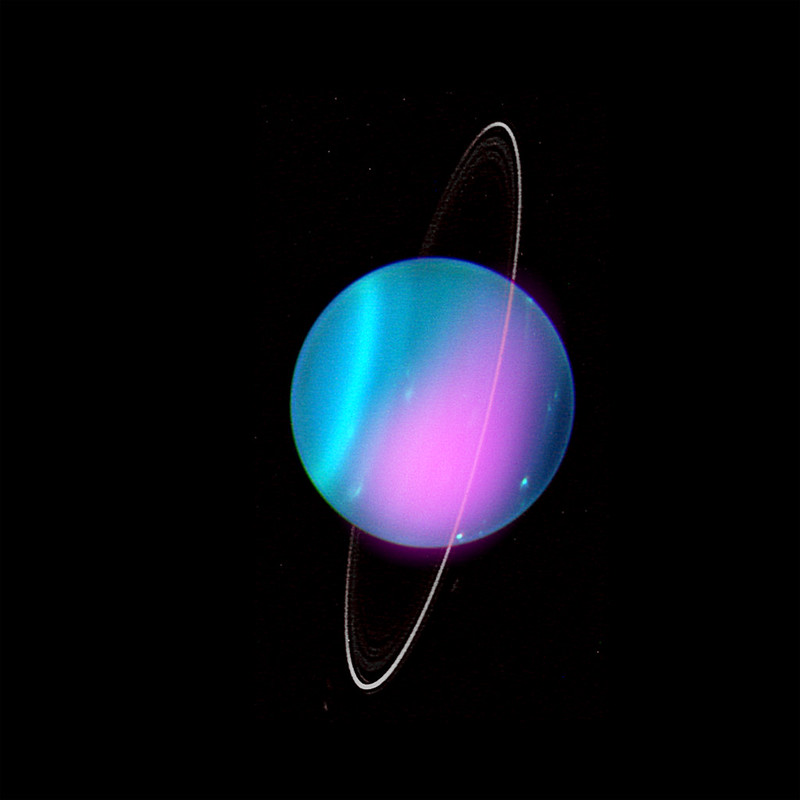Today in 1781, astronomer William Herschel pointed his telescope toward what has become the internet’s favorite planet.
But it wasn’t originally supposed to be called Uranus.
The original name was, shall we say, a lot more chill: George.
Herschel was born in what is now Germany, but he moved to England in his teens, where he became a music teacher and organist.
But his passion for music was matched (or maybe even surpassed by) his interest in astronomy.
His sister Caroline was the same: she was a singer, but she also studied the skies.
Among other achievements, she would become the first woman to discover a comet.
William Herschel was using a telescope he’d built himself when he realized that one of the objects he was observing was moving a little bit each night.
He let other astronomers know, and they confirmed that the orbit of the object Herschel had been tracking showed that it was actually a planet.
Herschel became a big star, no pun intended.
King George III made him the official Court Astronomer, a high profile job which came with a pension.
The grateful astronomer decided that he should do what so many Englishmen had done before, and name what he’d found after his benefactor.
So, Herschel proposed that the new planet be named Georgium Sidus, Latin for “the star of George.”
Obviously the king thought this was a terrific idea, but other astronomers, not so much.
Especially scientists from other countries, who asked, why should England get a whole planet? Why shouldn’t their countries get one?
They came up with some other ideas; astronomers in France wanted to call the planet Herschel.
Eventually, Johann Elert Bode reminded the astronomy community about how they’d named all the other known planets after figures from classical mythology.
He proposed the name Ouranos, who was the Greek primordial god of the sky, also known as Uranus.
And that’s the name that stuck… eventually.
While the rest of the scientific community took to the new name pretty quickly, Her Majesty’s Nautical Almanac Office (HMNAO) stuck with the name Georgium Sidus until 1850, almost seven decades after William Herschel first spotted the planet.
Uranus isn’t just the planet with the most puns, it’s also the one that’s on its side.
One theory says something hit the planet and turned it sideways.
But a newer theory suggests that long ago Uranus actually had a heavier ring system than it does now, and the gravity from those rings might have done the trick.
Or it just got light headed one time and needed to lay down?
Uranus: the first planet discovered with a telescope (Science Museum London)
There’s a New Hypothesis For How Uranus Ended Up Tipped on Its Side (Science Alert)
Discover how you can make new episodes of this show happen on Patreon
X-ray image: NASA/CXO/University College London/W. Dunn et al; Optical: W.M. Keck Observatory via Flickr/Creative Commons

